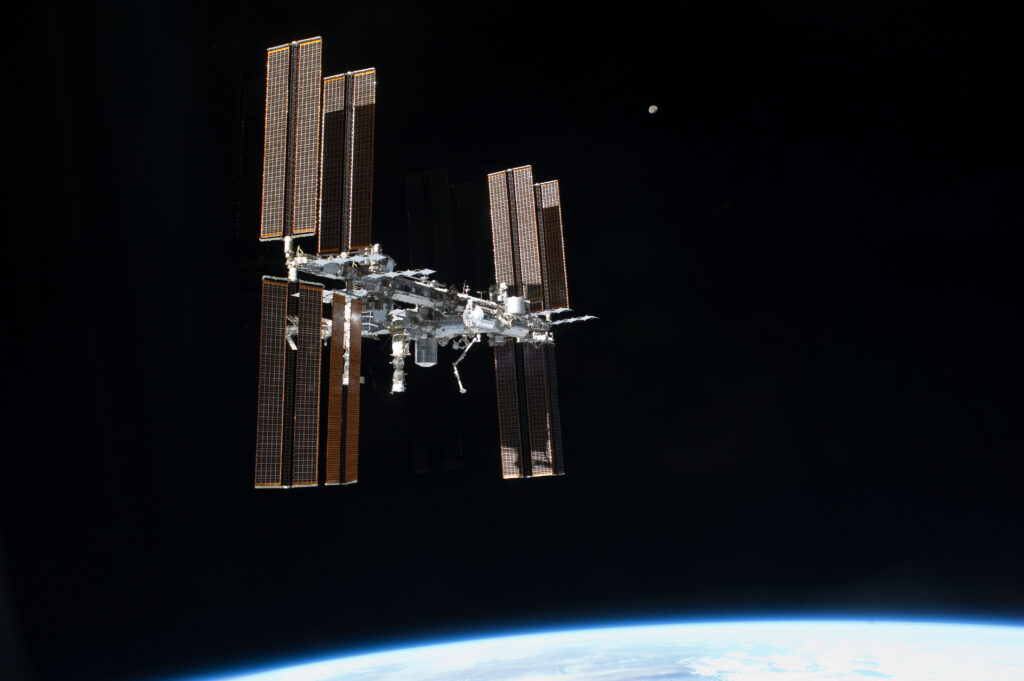A new study on astronauts serving on the Mir space station finds that getting a good night’s sleep in outer space is surprisingly hard.

Image credits NASA / JPL-Caltech.
Researchers Harvard College, Harvard Medical School, and NASA Ames Research Center say space naps might not be all you’re hoping they’ll be. The team studied the sleeping patterns of four cosmonauts (Russian personnel) and one astronaut before, during, and after missions in space. While still preliminary, the findings show that they got around one hour less sleep per day on average, while spending significantly more time awake in bed.
Sleep in space
“There were marked shifts in sleep architecture compared to baseline, and some of these evolved over the course of the mission,” said lead author Oliver Piltch, an undergraduate researcher at Harvard College.
“Our findings were consistent with previous studies that focus on the issue of sleep continuity. We found significant decreases in sleep efficiency during spaceflight despite similar times in bed.”
Living in microgravity can lead to shorter sleep duration, more time spent awake, and changes in sleep cycles (the relation between different states of sleep).
The crew involved in this study slept a daily average of 5.7 hours in space, the team reports, compared with an average of 6.7 hours on Earth. Furthermore, they spent around 14.1% less time in non-REM states, and 25.8% less in a REM state. It took around 1.5 times longer for the participants to reach their first episode of REM sleep in space compared to on Earth. Other notable differences include a decrease in the total time spent in bed in space, alongside an increase in the time needed to fall asleep.
Summed up, these impacts can lead to a 17.7% reduction in overall sleep efficiency, the authors add.
A better understanding of how living in space impacts sleep would help us improve the life quality, health, and efficiency of space crews. It could also go a long way towards ensuring the success of settlers on the Moon or Mars, and could even help us improve sleep down here on Earth.
“The significant sleep changes induced by the extreme environmental conditions of spaceflight can magnify and help reveal similar, though potentially less noticeable, changes that are induced by the more moderate conditions of Earth,” he said.
“Our results support other studies indicating that sleep architecture can adapt to different environments. Also, the sleep deficits that our subjects were facing while working around the clock in a high-pressure environment provide further evidence for the danger of stress and shift-work schedules for humans anywhere.”
The paper “0278 Changes in Sleep Architecture During Long-Duration Spaceflight” has been published in the journal Sleep.


